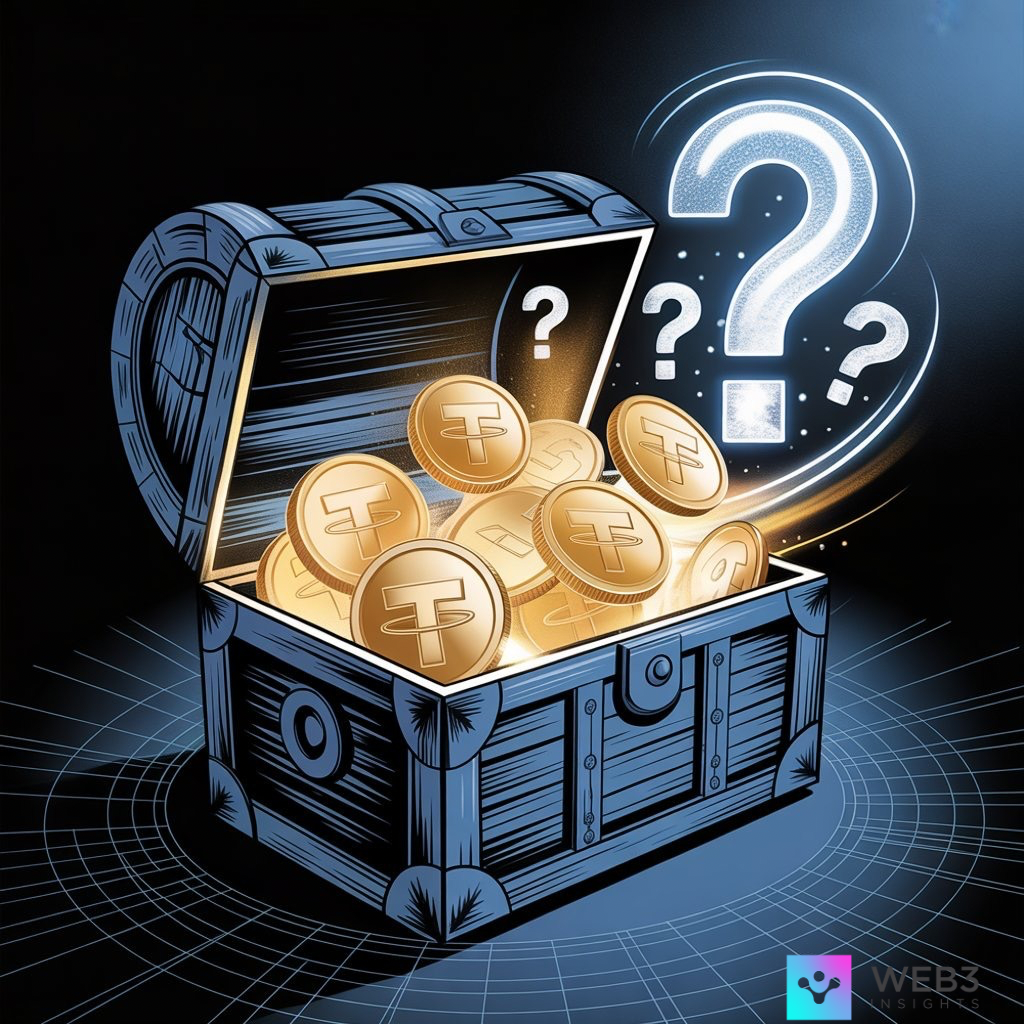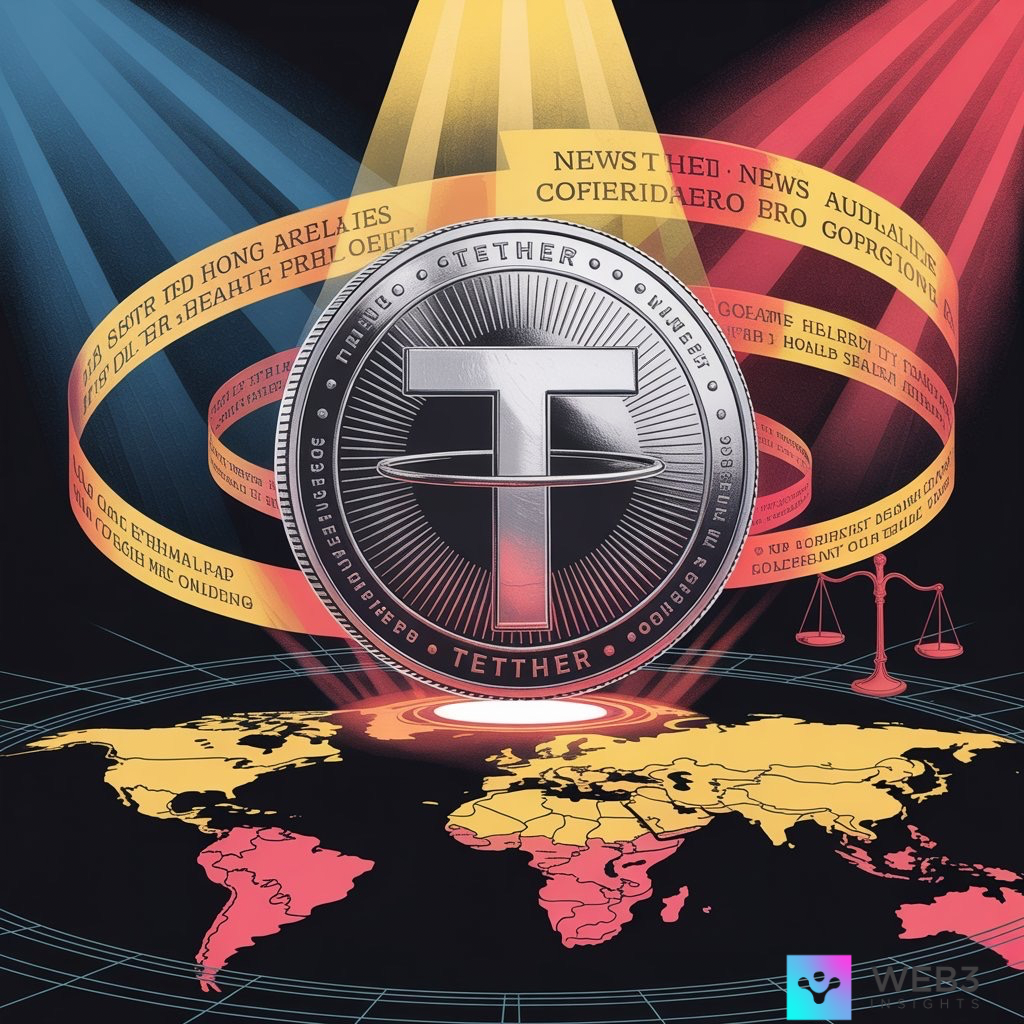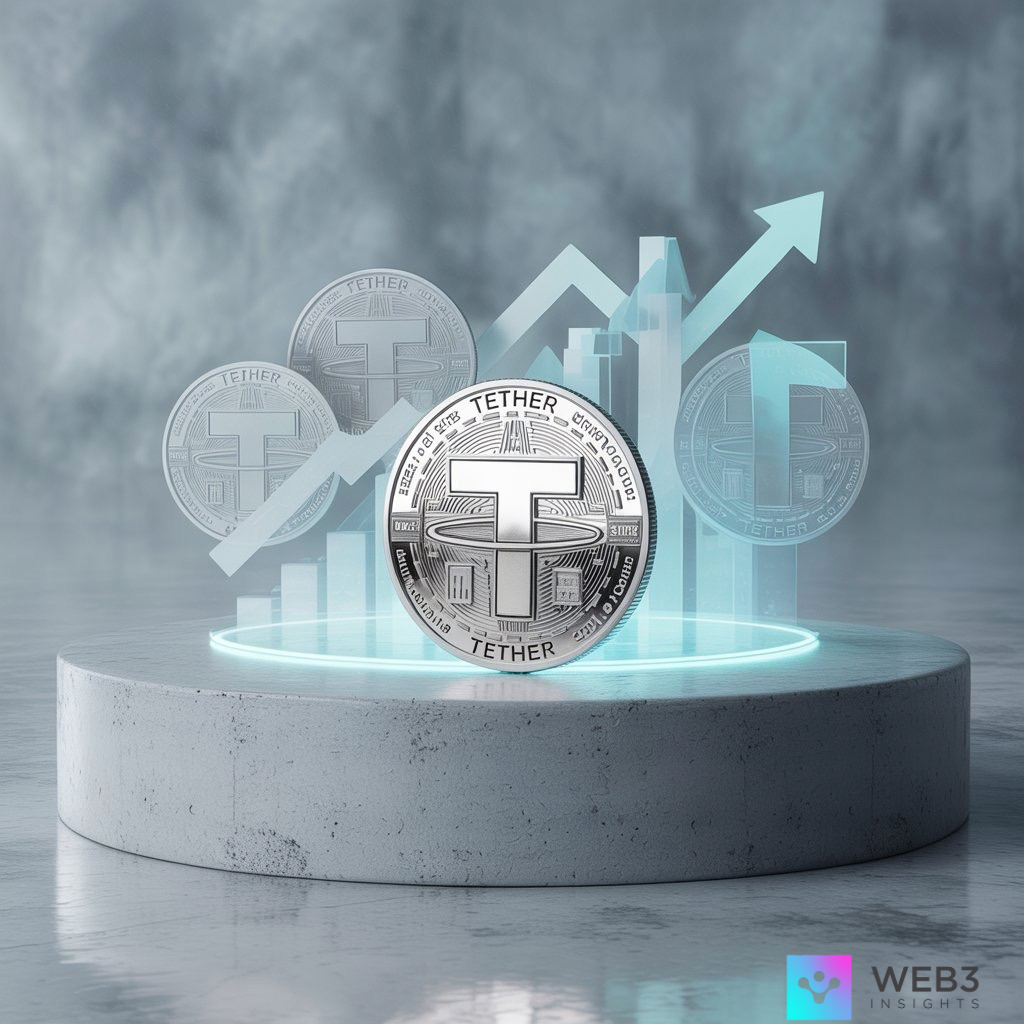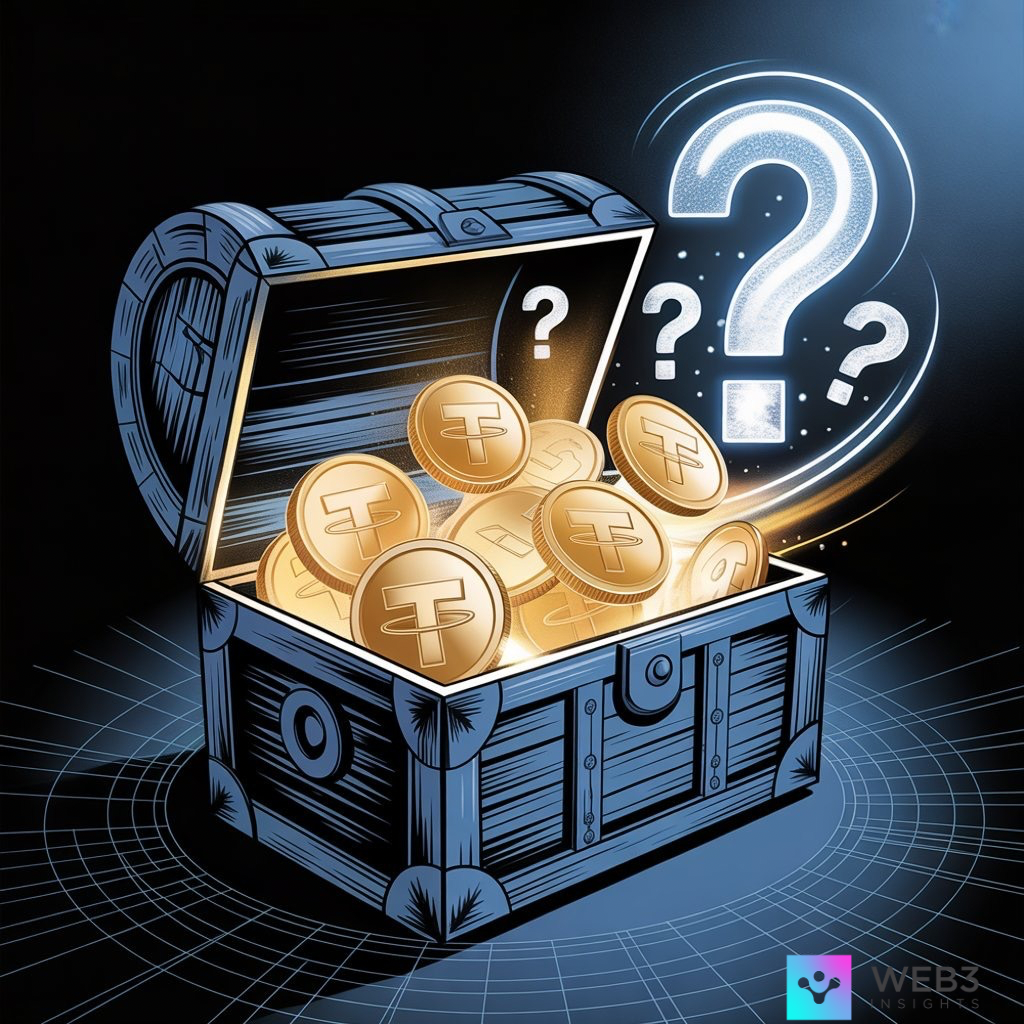
Most people think they know Tether (USDT). After all, it’s everywhere, on exchanges, in DeFi, even popping up in news headlines whenever there’s talk about stablecoins. But the truth is, Tether is like that quiet giant in the room: always present, always moving massive amounts of money, yet full of stories that rarely make it into everyday conversations.
I want to take you past the surface-level definitions and into the things you probably didn’t know about Tether USDT, the quirks, the controversies, and the surprising reasons it has become impossible to ignore in 2025. Keep scrolling!
1. Tether USDT Isn’t Just on Ethereum

When I first started using stablecoins, I assumed USDT lived only on Ethereum as an ERC-20 token. But here’s what blew my mind: Tether actually exists on multiple blockchains.
Today, you can find USDT on Tron, Solana, Avalanche, Algorand, Polygon, and even Bitcoin’s Omni layer. Each chain brings something different to the table, Ethereum offers security and maturity, Tron is popular for its low fees, while Solana boasts high speed.
This multi-chain flexibility is one of the reasons Tether remains so resilient. No matter which blockchain community you belong to, there’s likely a version of USDT that fits right into your ecosystem. It’s a clever strategy that keeps Tether accessible, even when congestion or high fees hit one chain.
2. Tether USDT Once Had a Rocky Start

What many new investors don’t know is that Tether’s early days weren’t smooth at all. The stablecoin faced regulatory scrutiny, doubts about its reserves, and even outright accusations that it was unbacked.
For years, critics argued that USDT was just printing tokens out of thin air. Headlines questioned whether the company behind Tether actually held enough assets to back the billions of tokens in circulation.
It took time, audits, and constant public pressure before the company started releasing more transparency reports. Today, they publish breakdowns of their reserves, showing the mix of U.S. Treasuries, cash, and other assets backing the token. Still, the “is Tether really backed?” question has shaped the way people view stablecoins even now.
3. Tether Has Been Pulled Into Global Drama

One of the things that makes Tether different from other stablecoins is how often it gets pulled into global controversies. From lawsuits in New York to accusations of market manipulation during Bitcoin’s bull runs, USDT has always been in the spotlight.
But beyond courtroom battles, Tether USDT has also been part of the bigger global financial picture. In countries where inflation has destroyed the value of local currencies, such as Turkey, Argentina, and Venezuela, USDT has been used as a lifeline. It became a way for ordinary people to store value in something tied to the U.S. dollar when their banks couldn’t provide stability.
For me, that’s one of the most underrated aspects of Tether. It isn’t just a trader’s tool,it has become real money for people who need stability in chaotic economies.
4. Tether USDT Isn’t Yield-Bearing

Another thing worth pointing out is that unlike some other stablecoins, USDT doesn’t automatically give you yield. With coins like USDC or DAI, people often lock them into DeFi protocols and earn passive income. Tether, however, has always been more about liquidity and accessibility rather than passive returns.
That said, USDT can still be used in DeFi platforms, lending protocols, and centralized exchanges to earn interest, but the token itself doesn’t offer built-in rewards.
For traders, that’s not necessarily a downside. Having a “pure” stablecoin that doesn’t promise extra perks makes it simpler, easier to move, and less tied to risky yield models that sometimes fail.
5. Tether USDT Keeps Growing Despite Critics

What fascinates me most is that, despite years of criticism, lawsuits, and constant doubts, Tether has only gotten bigger. Its market cap is now well over $100 billion, and it continues to be the go-to stablecoin in global trading.
This resilience raises a big question: is USDT simply too big to fail? Some argue that if Tether ever collapsed, it would send shockwaves across the entire crypto ecosystem. Others say its dominance is proof that it has already proven itself and won’t be dethroned easily.
At this point, Tether has become so deeply woven into exchanges, DeFi, and cross-border payments that imagining crypto without it feels nearly impossible.
Final Thoughts
Writing about Tether USDT always feels like peeling back another layer. The more I learn, the more I realize that its story is bigger than just “a stablecoin pegged to the dollar.” It’s about trust, global adoption, controversies, and resilience.
Whether you see it as the backbone of crypto trading or a ticking time bomb, one thing is clear, Tether USDT isn’t going anywhere anytime soon. And knowing these hidden details gives me more perspective on why it has managed to stay relevant despite all odds.









